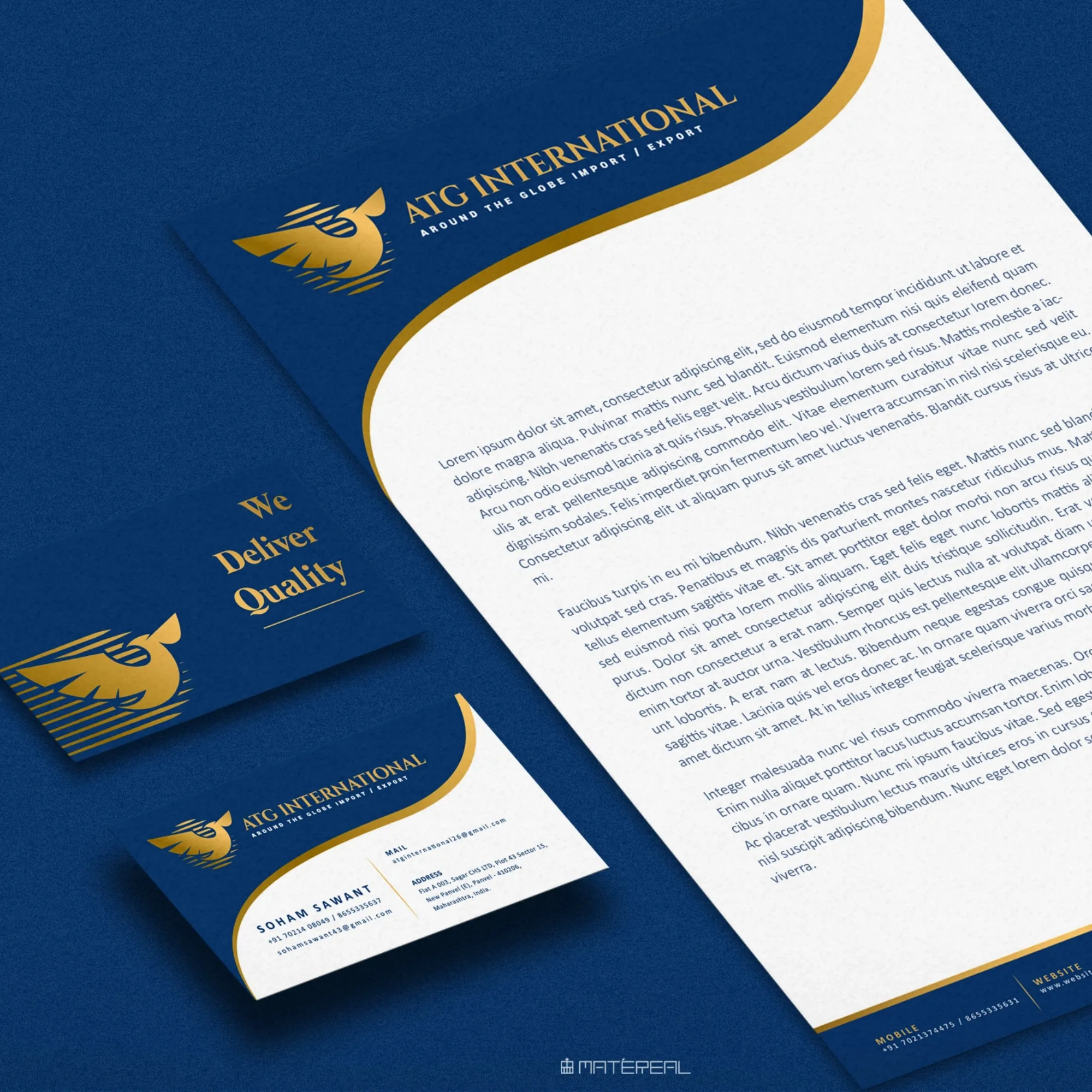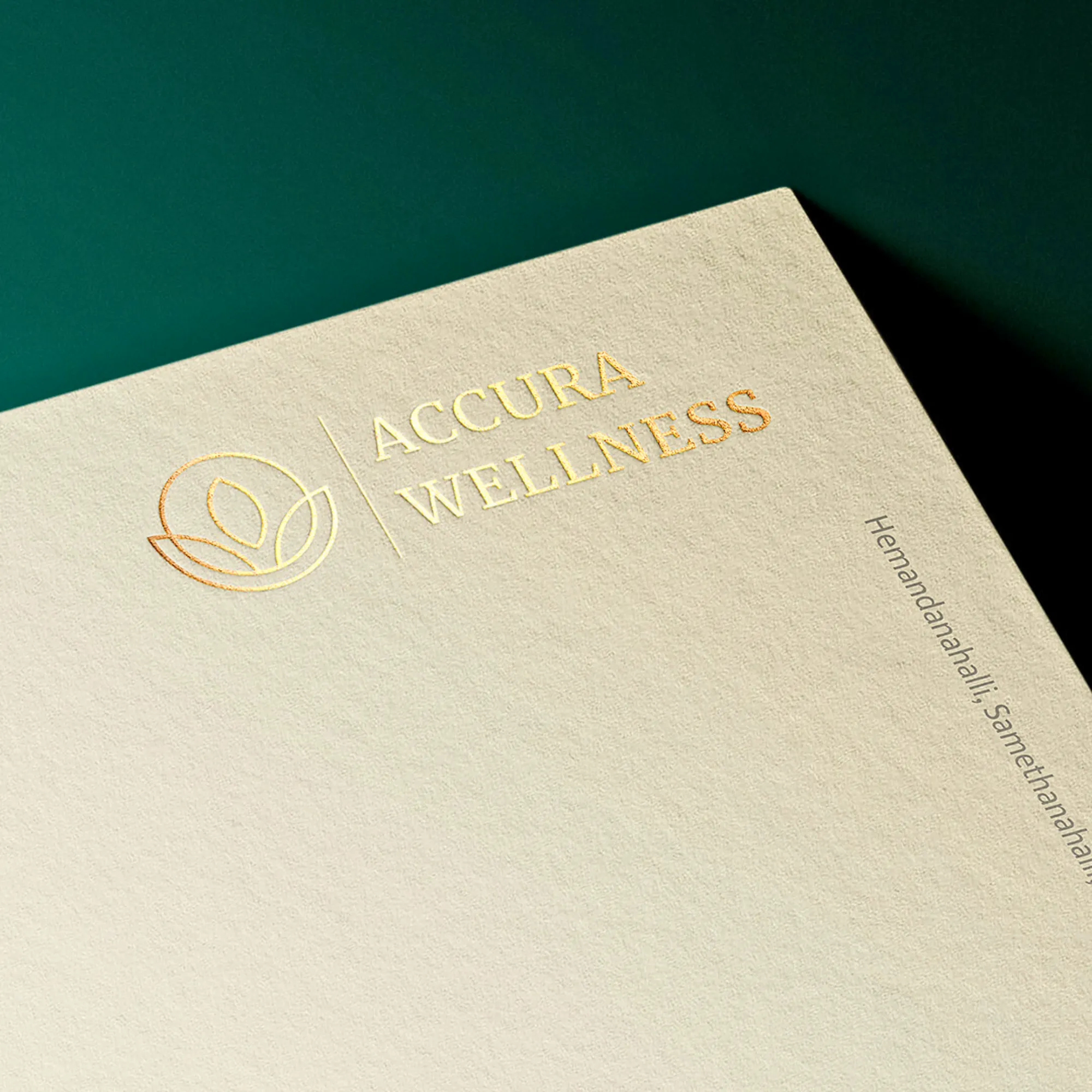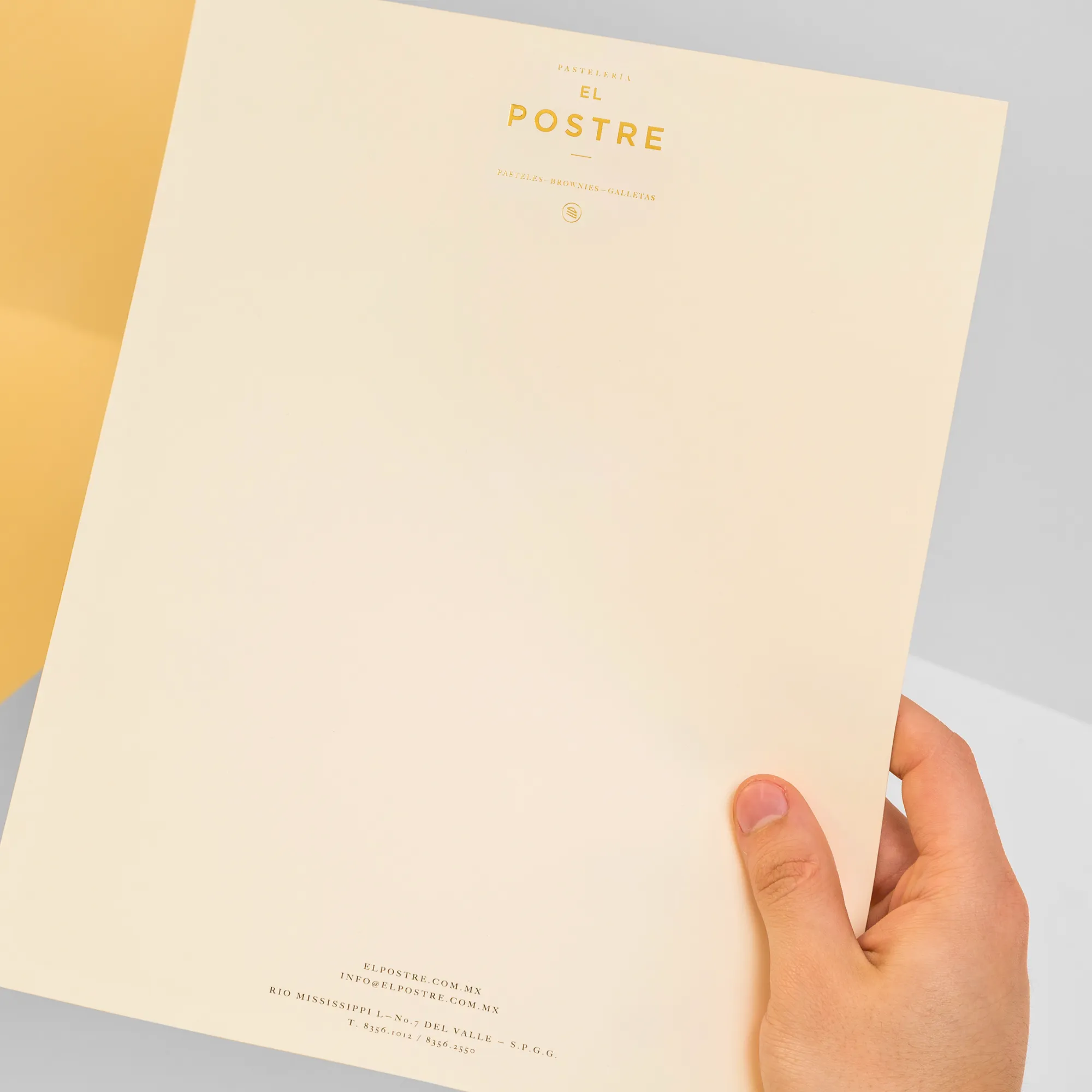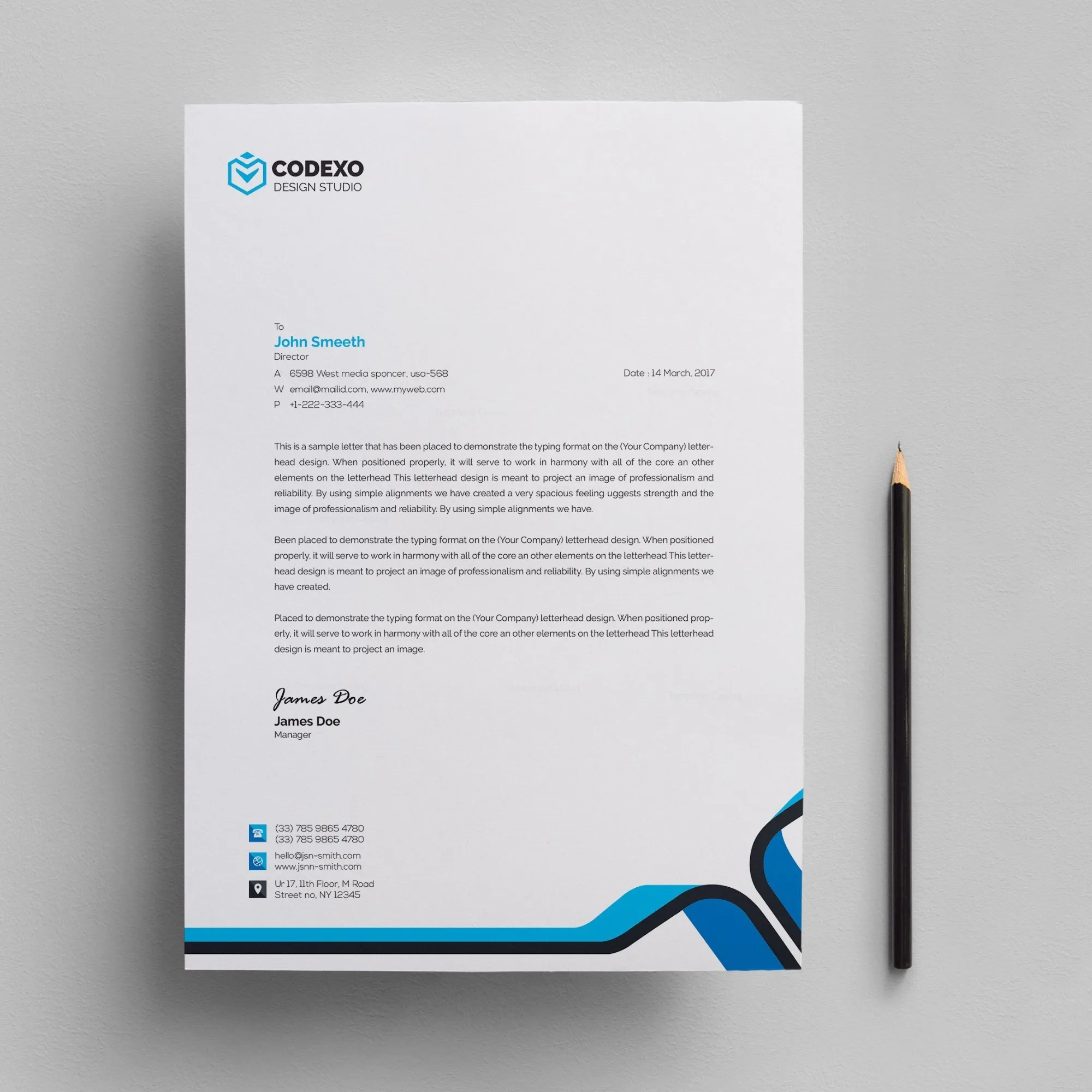What Does Collate Mean When Printing? A Simple Guide That Actually Makes Sense
Anyone that ever spent hours manually sorting stacks of printed documents at the time of an important meeting? Most of us know the frustration of shuffling papers back and forth to get every page in order.
Collated printing is a simple yet powerful feature that automatically organizes your printed documents in sequence. The process will give you complete and properly ordered sets instead of printing multiple copies of the same page simultaneously.
This feature proves invaluable especially when you have multi-page documents like reports, presentations, and training manuals to handle. Your document organization becomes error-free and time-efficient.
The printing process becomes substantially easier once you understand collation. This applies to preparing materials for your next big presentation or printing multiple copies of important documents. Let’s dive into everything you should know about this helpful printing option.
What Does Collate Mean When Printing?
“Collate” comes from the simple idea of gathering and putting information together. Printing terminology adopted this word to describe the arrangement of pages in a specific order.
The Simple Definition of Collation
Collating in printing puts multiple copies of a document in the right page order from beginning to end. To name just one example, a printer with collation enabled will produce three copies of a five-page document in complete sets: 1-2-3-4-5, then another 1-2-3-4-5, and so on.
Visual Explanation of Collated vs. Uncollated Pages
A practical example shows the difference between collated and uncollated printing. Let’s say you need 10 copies of an 8-page booklet. The printer delivers 10 complete sets with pages arranged in sequence when collation is on. Without collation, you’ll get 10 copies of page one, then 10 copies of page two, and this continues until all pages are printed – you’ll need to sort them manually afterward.
Why This Printing Option Matters
Collation serves three main purposes in modern printing:
- Time Management: Your business processes become faster because you won’t need to sort pages manually, especially with large documents.
- Boosted Accuracy: Pages won’t get mixed up or misplaced, and you won’t need to check the page order twice.
- Immediate Usability: Documents come out ready for distribution since they’re already in the right order.
Collation is vital for specific document types including:
- Reports and presentations where page sequence affects understanding
- Training manuals and instruction guides that need logical flow
- Financial documents like invoices and statements that require organized information
Collation is significant in document binding preparation. Each set of pages stays in proper order, which makes creating booklets, manuals, or presentations easier.
Collation isn’t a default setting. Single-page documents or printing just one copy of a multi-page document don’t need the collate option. The printer naturally pulls pages one by one in sequence.
Understanding and using collation makes printing tasks efficient and organized. What could be a time-consuming manual sorting process becomes a simplified, automated workflow that produces professionally arranged documents consistently.
When to Choose Collated Printing
The right printing method can substantially affect how well you produce documents. Let’s look at specific cases where collated printing works best.
Multi-page documents for Meetings and Presentations
Teachers and administrators just need hosted handouts to distribute tests and reports. Office staff must have properly sequenced documents for client information packs and presentations. A 50-page research report needs collation to keep information flowing logically and help readers guide through sections.
Documents That Need Binding
Documents must be arranged in the correct sequence for binding operations. This applies to materials of all types including:
- Training manuals with multiple chapters
- Research reports requiring professional presentation
- Marketing collateral booklets
- Instruction manuals for products or services
Printing with Low Ink or Toner
Collated printing gives you a practical advantage when ink runs low. You won’t need to restart the entire print job if most copies have printed in order when ink or toner cartridges are running out. With uncollated printing, later pages might stay incomplete and force you to start over.
Time-Sensitive Printing Jobs
Collated printing is a great way to avoid manual sorting during urgent tasks. To cite an instance, see what happens when printing multiple copies of a 10-page document – collation automatically prints pages 1 through 10 in sequence before starting the next set. This automated organization brings several benefits:
- No time wasted on manual page arrangement
- Lower risk of sorting errors
- Ready for immediate distribution
Collated printing also boosts productivity in large-scale projects where speed counts. When preparing conference materials or training manuals, collated printing will give each attendee a properly sequenced set without extra organization time.
This method becomes crucial for complex documents with multiple sheets. It removes manual sorting needs while maintaining quality and consistency throughout the printing process. Choosing collated printing for these scenarios will give you professional results and save time.
When to Choose Uncollated Printing
Uncollated printing shines in specific scenarios where page sequences are less important than other priorities. A good printing strategy depends on understanding when to use this approach.
Printing Booklets with Special Layouts
Booklet printing needs specialized page arrangements that go beyond standard document sequences. Pages in printer spreads follow a specific order – to name just one example, page 2 might sit next to page 7. This layout will give a proper page sequence after folding and binding. Uncollated printing is crucial because it:
- Gives you precise control over page positioning
- Makes printer spread management easier
- Makes professional printing imposition easier
Quality Control Checks
Uncollated printing makes print quality verification straightforward. The process prints multiple copies of each page one after another, which lets you:
- Compare copies directly
- Spot consistency problems quickly
- Find print defects the quickest way
- Catch color variations right away
Single-Page Document Printing
Uncollated printing works best with standalone documents. This method is a great way to get:
1. Individualized Distribution
- Surveys with unique question sets
- Event tickets with distinct codes
- Customized promotional materials
2. Quick Reference Materials
- Assembly instructions
- Reference sheets
- Information pamphlets
3. Last-Minute Revisions
- Individual page updates
- Document corrections
- Emergency replacements
We used uncollated printing mostly for projects where page order matters less. Marketing materials like flyers, business cards, and posters with different versions fit this category perfectly. It also speeds up high-volume printing tasks nowhere near the time needed for collated printing.
You should think over uncollated printing when distribution flexibility matters more than page sequence. This approach lets you customize and handle materials for different recipients or purposes efficiently. So if your print job doesn’t need binding like a book, uncollated printing might be your best choice.
How to Set Up Collation on Your Printer
Your printer’s settings hide some really useful features deep in their menus. A good grasp of how to turn on collation will help you print documents the right way, every single time.
Finding The Collate Option in Print Settings
You’ll spot the collate option in the print dialog box right after you hit ‘Print’ in your document editor. A checkbox or toggle marked ‘Collate’ usually sits under ‘Page Setup’, ‘Printer Properties’, or right in the main dialog box. Sometimes you might need to look under ‘Job Options’ or ‘Paper Handling’ tabs to find it.
Step-by-Step Guide for Different Operating Systems
For Windows:
- Open your document and select Print
- Click Preferences or Properties
- Go to the Job Options tab
- Enter your desired number of copies
- Check the Collate box
For macOS:
- Choose Print from the File menu
- Input copy quantity
- Select Paper Handling panel
- Uncheck Collate pages
- Open Print Setup panel
- Enable Collate in Paper Setup
MacOS gives you extra control with Sheet Order settings. The system figures out face-up or face-down output from printer drivers automatically. Your best bet is to keep Sheet Order on Automatic – this lets your Mac handle page sequencing just right.
Mobile Device Printing Collation
Mobile printing now comes with collation features built in. Here’s what Android users need to do:
- Connect to your organization’s WiFi
- Install the Mobility Print app
- Launch and configure settings
- Access Android settings
- Enable Mobility Print
A vital point to keep in mind: your printer’s software might override the app’s collation settings. You should check collation settings in both places to avoid conflicts. If problems pop up, turn off the printer driver’s collate function and let the application take charge.
Take a quick look at your document before you print. This simple check makes sure your pages will come out in the right order and could save you time and paper. With everything set up properly, your printer will churn out well-organized documents, whatever system or device you use.
Conclusion
Printer collation turns complex document handling into a quick and simple process. This feature saves hours you’d otherwise spend manually sorting multi-page documents.
Your specific needs determine whether to choose collated or uncollated printing. Multi-page documents, binding projects, and time-sensitive tasks work best with collated printing. Booklets, quality checks, and single-page materials benefit more from uncollated printing.
The collation setup might look complicated at first. Once you get the hang of it though, it becomes automatic on Windows, macOS, and mobile devices. Note that both application and printer settings need to align for smooth operation.
Smart printing choices help businesses run better. While we’re talking about business improvements, check out “The Ultimate Guide to Custom Packaging for Small Businesses: Proven Strategies for 2025” to boost your operations.
The right printing setup makes a huge difference in your daily work. Now that you understand collation, you can make better choices about your printing needs. Your documents will come out exactly as planned – sorted, professional, and ready to go.
FAQs
Q1. What is the difference between collated and uncollated printing?
Q2. When should I use collated printing?
Q3. How do I enable collation on my printer?
Q4. Are there situations where uncollated printing is preferable?
Q5. Can collation settings conflict between my application and printer?
What Does Collate Mean When Printing? A Simple Guide That Actually Makes Sense Read More »


































